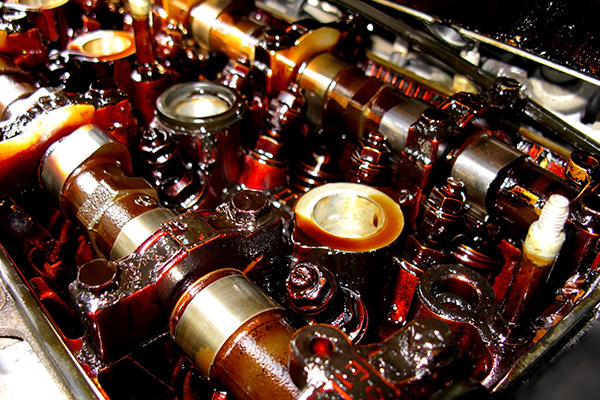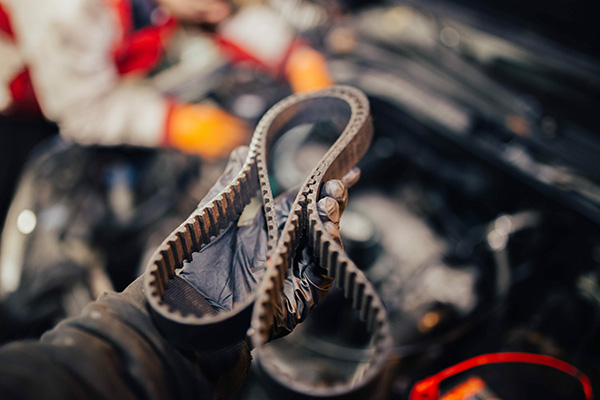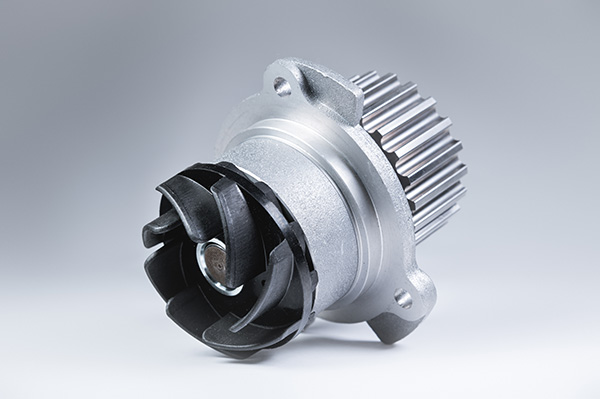Posted on 11/28/2025

Oil ages even when the car hardly moves. Additives lose strength, moisture, and fuel traces linger after short runs, and tiny acids form. None of this wrecks an engine overnight, but months of sitting can turn good oil into tired oil that protects less on cold start. That is why owners’ manuals list time-based intervals along with mileage. What Happens To Oil While the Car Sits Fresh oil is a blend of base stock and additives that fight wear, rust, and sludge. As the car sits, moisture from normal combustion condenses in the crankcase. If the engine never warms fully, that moisture does not boil off. Small amounts of fuel from rich cold starts can stay mixed in, thinning the oil film. Meanwhile, oxygen slowly reacts with the oil, a process called oxidation. Oxidized oil gets darker and thicker, and its additives cannot neutralize acids as well. Why Short Trips Are Hard On Parked Cars If you only start the car to move it around the driveway o ... read more
Posted on 10/31/2025

Cold weather has a way of exposing a car’s weak spots. Belts stiffen, hoses crack, and little issues that went unnoticed all summer can suddenly leave you stranded when the temperature drops. As winter approaches, checking your car’s belts and hoses is one of the smartest things you can do to avoid unexpected breakdowns. These rubber components might not get much attention, but they keep major systems like your cooling, charging, and steering running the way they should. A quick inspection now can save you from expensive repairs or a tow truck later. Why Belts and Hoses Matter Belts and hoses might not seem exciting, but they’re essential to your car’s daily operation. The serpentine belt drives the alternator, water pump, and power steering. Radiator hoses carry coolant between the engine and radiator to control temperature. When a belt snaps or a hose leaks, it can lead to overheating, loss of power steering, or even a dead battery. Becaus ... read more
Posted on 9/26/2025

Your car battery may not get as much attention as your engine or brakes, but it plays a critical role every time you turn the key or press the ignition button. Without it, your vehicle simply won’t start. And while most batteries give some warning before they fail, many drivers miss the signs only to end up stuck with a car that won’t turn over at the worst possible moment. If you want to avoid being stranded, here’s how to know when your car battery needs replacement and how to stay ahead of trouble. How Long Do Car Batteries Last Most car batteries last between three and five years. Factors like climate, driving habits, and the quality of the battery itself all affect lifespan. If you live in an area with extreme temperatures, your battery might wear out faster. Short trips and long periods of inactivity can also shorten battery life, as they don’t give the alternator enough time to fully recharge the battery. Even if your battery seems fi ... read more
Posted on 8/29/2025

Your vehicle’s water pump keeps the engine at the right operating temperature. It circulates coolant through the engine block, cylinder head, hoses, and radiator, ensuring heat is carried away from the engine and dispersed efficiently. If the pump isn’t working properly, the coolant flow slows or stops, causing the temperature to rise quickly. Left unchecked, overheating can warp engine components, blow head gaskets, and lead to costly repairs. Early Signs of Water Pump Trouble Water pump issues rarely happen all at once. More often, they develop gradually, and catching them early can prevent a sudden breakdown. A few signs to watch for include: Coolant leaks near the front center of your engine. The water pump has seals and gaskets that can deteriorate over time, allowing coolant to drip out. High-pitched whining noises from the front of the engine, which can mean the pump’s bearings are wearing out. Overheating during drives, especially at high ... read more
Posted on 7/28/2025

Your vehicle’s transmission is essential for smooth and reliable driving. It controls the application of power from the engine to the wheels, allowing your car to shift gears seamlessly. When the transmission starts to develop problems, it rarely fails overnight — it usually gives you warning signs first. Recognizing these early signs can help you address issues before they become expensive, potentially saving you from a total transmission failure. Delayed or Slipping Gear Changes One of the most common indicators of transmission trouble is hesitation or slipping when changing gears. You might notice that your car hesitates to move after shifting into drive or that the engine revs higher than normal without a corresponding increase in speed. These symptoms suggest that your transmission is struggling to maintain proper gear engagement and could indicate worn internal components, low fluid levels, or other issues. Unusual Noises A healt ... read more